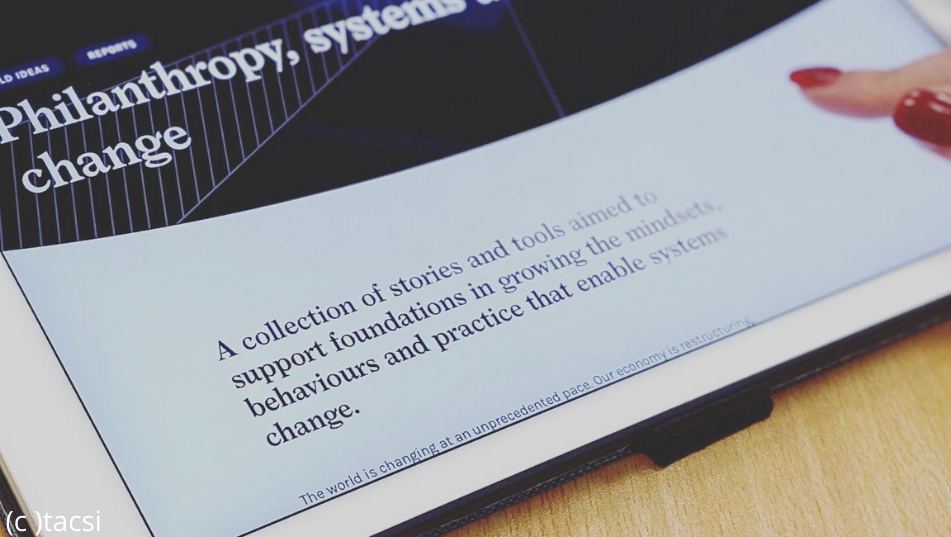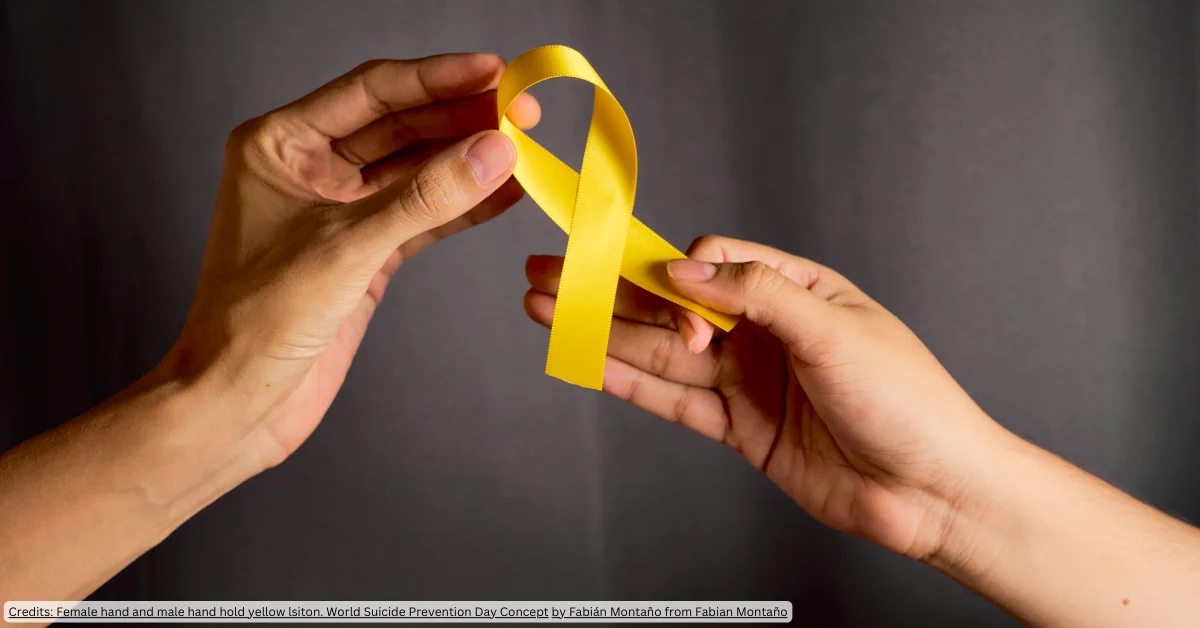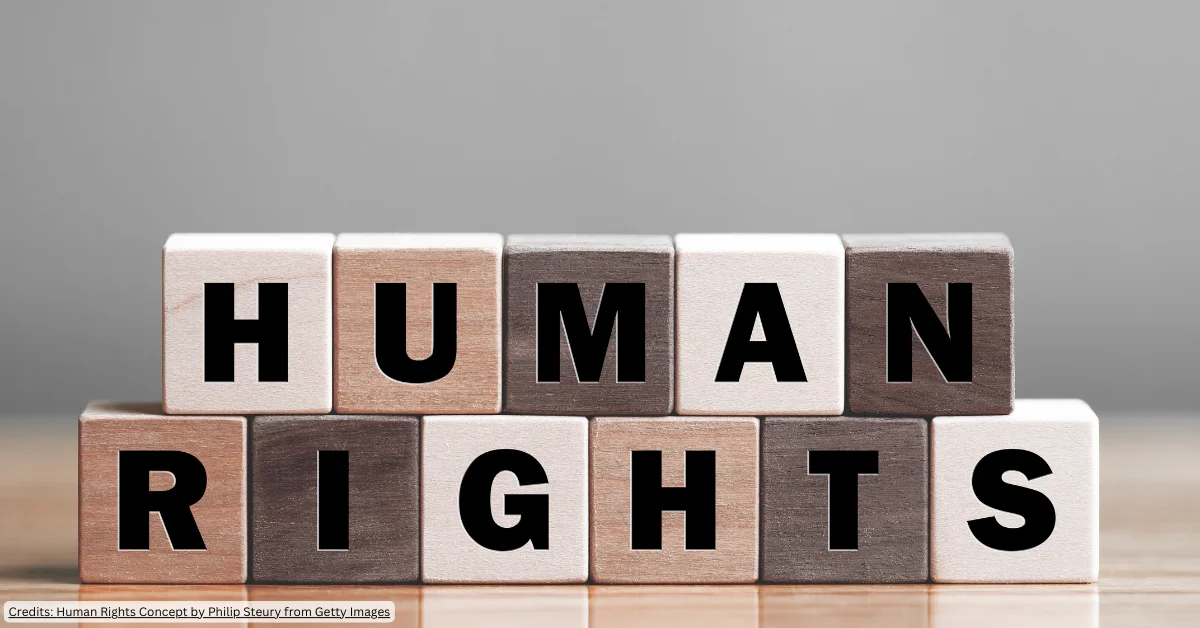In late January 2020, as bushfires still burned uncontrollably throughout many parts of Australia, I took a flight over Kosciuszko National Park.
Fires had decimated the area and all that was visible from the air was a sea of black. The vast woodlands of snow gums were utterly charred, and a herd of wild horses that had miraculously survived were rapidly destroying any remnants of remaining bushland.
This is a region that relies heavily on timber and tourism to keep communities thriving and, within a blink of an eye, thousands of livelihoods had been destroyed.
Just when we thought 2020 couldn’t get any more unpredictable, along comes Covid-19, which has forced every facet of Australian society to transform within a number of weeks.
Suddenly, social issues that have long been pushed to the side – homelessness, social isolation, mental health, our whole system of care – are front and centre for everyone to see. The social challenges previously faced by a minority are now faced by many. Our leaders have been given no choice but to face the challenges that have, for far too long, been easy to ignore.
It needs to be said that I come from a place of privilege – I haven’t felt the full effect of living through a bushfire and I haven’t experienced the wave of trauma being caused by the pandemic.
But I’m fortunate to work with organisations and institutions – such as The Australian Centre for Social Innovation, CSIRO and Snowy Hydro – who work closely with people who have had their lives forever changed by these seismic events.
In the wake of Covid-19, as we’ve watched some of our social systems rise to the challenge and others struggle, we’ve also witnessed the power and pace of R&D systems at work in the quest for a vaccine.
These systems are well-formed pathways that activate conditions and protocols for collaboration, the convening of talent and expertise, investment and supporting policies.
But a vaccine will not cure the longstanding social and economic challenges we now face at a heightened level. Innovations around land management techniques and bushfire prevention won’t fix the trauma, the sadness and loss of income now affecting thousands of communities affected by the bushfires.
Scientific solutions alone won’t fix the existing inequalities and cycles of disadvantage that have made these challenges so much worse. Science is certainly part of the answer, but it can’t be the only answer.
We know that social, economic and scientific innovations thrive in pockets across Australia. What if, instead of accepting the status quo of these existing in silos, we knit together these pockets, across specialisms, organisational, competitive and jurisdictional boundaries?
What if Australia had a more effective and systematic way to identify, develop and implement responses to our most pressing and complex social issues? What if we adapted and adopted systems and practices from industries with well-developed R&D systems into ambitious strategies underpinned by social impact?
What these recent crises have taught us is that we’re capable of change on a scale previously unimagined. Our capacity to innovate, solve problems and implement solutions is being cultivated at an extraordinary pace across every part of society.
Everything we were told was impossible – flexible working, nationalised free childcare – is being done. We’re showing we can do things differently, big things, difficult things. We have done it decisively. We’ve had no choice.
Now is the time to seize on this momentum.
Now is the time to seize on this momentum. We need leaders, myself included, to forge new relationships and collaborations that bring the strengths and expertise of different institutions together.
There is no one field of expertise that will create the results we need. We need institutions to work across expertise and sectoral boundaries, and to recognise that the organisation or sector getting the biggest share of the pie may not lead to the best results for the economy and society.
We need clear pathways of communication, experimentation and collaboration to move beyond the ever-mounting recommendations of Royal Commissions toward more dynamic strategies that foster the right collaborations at pace.
We need to start with a focus on Australia’s most pressing issues: research and development for care; research and development for bushfire recovery; research and development for post-Covid-19 futures. We need to capitalise on the momentum that’s been created over the past few months to innovate and do better by our people and society.
We must now look beyond our traditional views of R&D as yielding only technical products and services, and turn its purpose towards more holistic outcomes.
We must now look beyond our traditional views of R&D as yielding only technical products and services, and turn its purpose towards more holistic outcomes. As we rebuild, this will be a significant step towards a restored system that places at its heart the long-term, sustained growth of wellbeing, environmental and economic outcomes.
Most critically, the challenge is not only to convene the expertise, assets, institutions and processes that can turn promising ideas into new services and systems, but to do it at an intensity and scale that matches the intensity and scale of the problems that exist.
We can’t slow down or be complacent – now is the time for social innovation and scientific innovation to come together for the good of the wellbeing of the economy, Australians and the planet.
Article was submitted by TACSI and first published in The Mandarin
David Knox is chair of The Australian Centre for Social Innovation and Snowy Hydro. He is also a non-executive director with CSIRO. David Knox recently finished up as the MD and CEO of Australian Naval Infrastructure. He was CEO and MD of Santos Limited from 2008-2015 and MD for BP Developments in Australasia from 2003-2007. He worked for BP in the UK and Pakistan, and held management and engineering positions at ARCO and Shell in the US, Netherlands, the UK and Norway.
- This author does not have any more posts.












